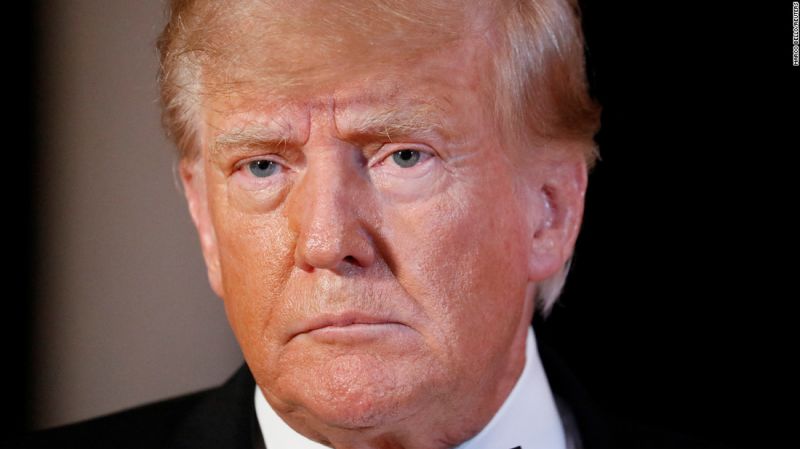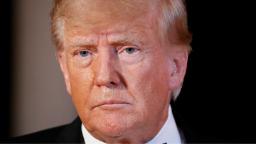

CNN
—
A federal judge has asked former President Donald Trump’s attorneys to turn over the names of the individuals hired to search four properties for documents late last year, a source familiar with the order told CNN.
The names were handed over Wednesday night, two sources told CNN.
It’s the latest twist in the Justice Department’s efforts to use the court to enforce a subpoena from May that sought to collect all classified records Trump kept in his possession after leaving the presidency. The New York Times first reported the development.
Trump’s legal team hired two individuals to search Trump Tower in New York, the Bedminster golf club, an office location in Florida, and a storage unit in Florida where ultimately two documents with classified markings were found, CNN has previously reported. Those documents were handed over to the FBI. No other documents with classified markings were found during the search of the four Trump’s properties.
The Justice Department had removed 11 sets of classified documents from Trump’s Mar-a-Lago residence while executing a search warrant in August for possible violations of the Espionage Act and other crimes.
The four searches overseen by Trump’s legal team came amid lingering concerns from the Justice Department that not all documents had been returned to the federal government.
At the time, Trump’s attorneys had offered to let federal investigators observe the search at his Bedminster property, but that offer was declined. Given the Justice Department’s response, Trump lawyers did not make a similar offer for the search of the other properties. It would be highly unusual for the Justice Department to observe searches that aren’t conducted by law enforcement.
Special counsel Jack Smith, appointed by Attorney General Merrick Garland in November, is overseeing the criminal investigations into the retention of national defense information at Mar-a-Lago and parts of the January 6, 2021, insurrection. The situation related to the Mar-a-Lago documents and the Trump team’s response to the May subpoena has become an important aspect of the probe, which includes prosecutors’ accusations of obstruction of justice.
Last month, federal judge Beryl Howell, the chief of the DC District Court, declined to hold Trump in contempt of court and urged the Justice Department and Trump’s team to work out a resolution as investigators attempt to make sure all national security records are back in the possession of the federal government. The judge had questioned prosecutors on how she could hold Trump’s team in contempt given the steps Trump’s lawyers had taken to alleviate the Justice Department’s concerns that there may still be records in Trump’s possession, according to sources.
The DOJ had sought to hold Trump and his office in contempt for not fully complying with a subpoena following the search of his Mar-a-Lago resort in August.
After the DOJ subpoenaed Trump for documents with classified markings in his possession in May, prosecutors went to court to enforce the grand jury subpoena. The judge ordered Trump’s team to comply. That prompted the search by Trump lawyers that yielded the two additional documents with classification markings.
Also on Thursday, the Justice Department argued for continued secrecy around any grand jury proceedings following the May 2022 subpoena and August search, after media organizations sought access to more of what is happening in court behind closed doors.
The judge, Howell, hasn’t decided if any new documents can be released.
“The Government has not publicly disclosed any request to hold the former President or his representatives in contempt. Nor can the Government confirm or deny whether it has made any such request,” the DOJ argued in the filing. “To the extent any such request exists, it and any related proceedings would be in connection with secret grand jury proceedings protected from disclosure.”
The DOJ, however, previously discussed the May subpoena and publicly said officials didn’t believe Trump had fully complied.
This story has been updated with additional context.
